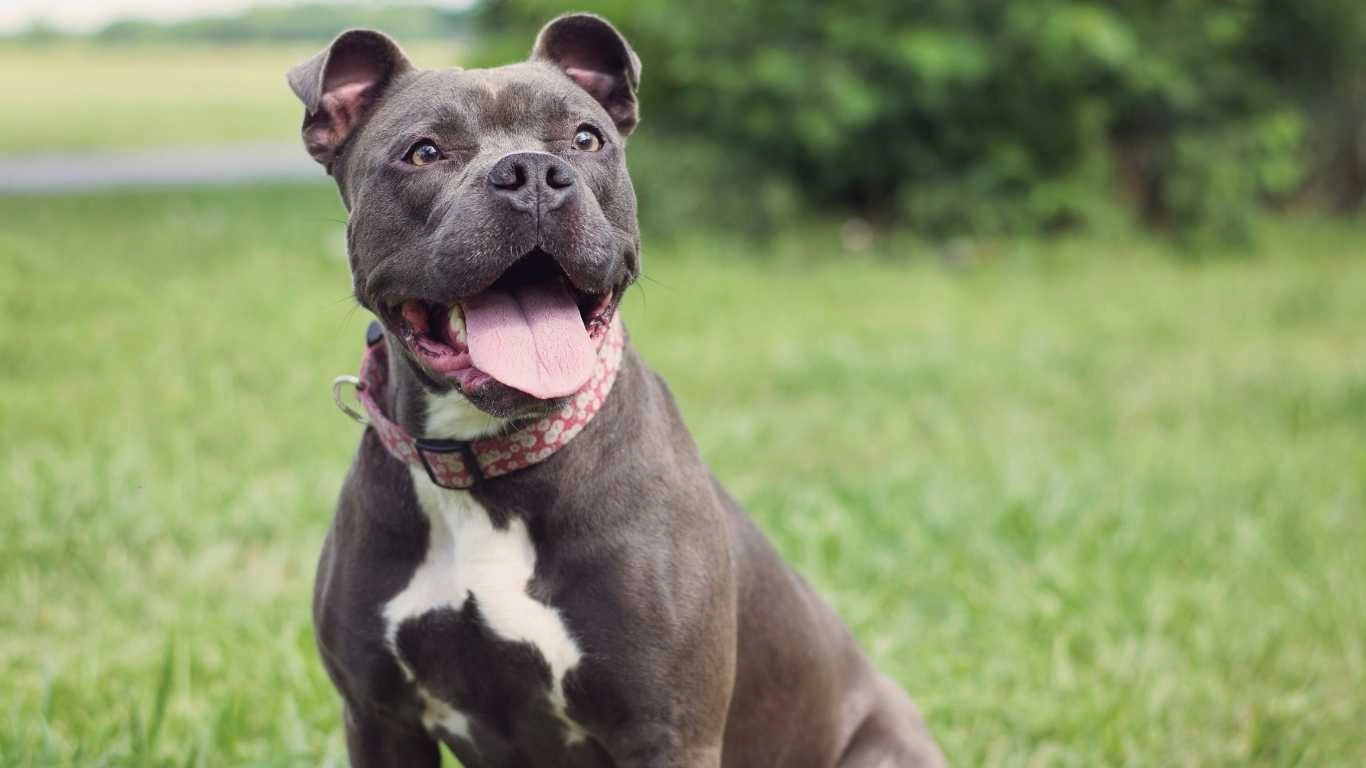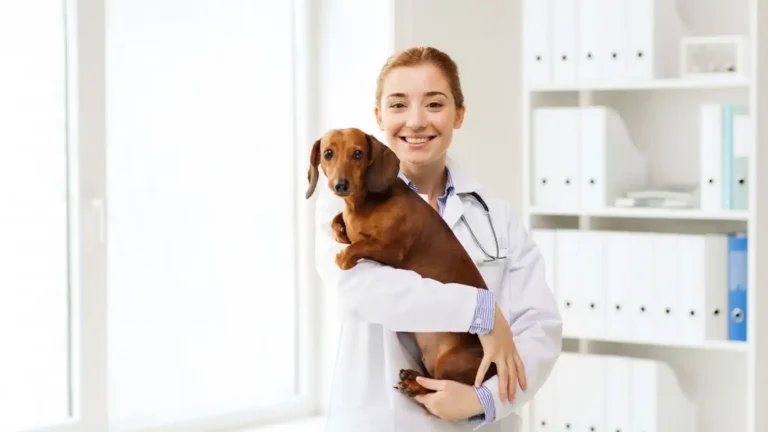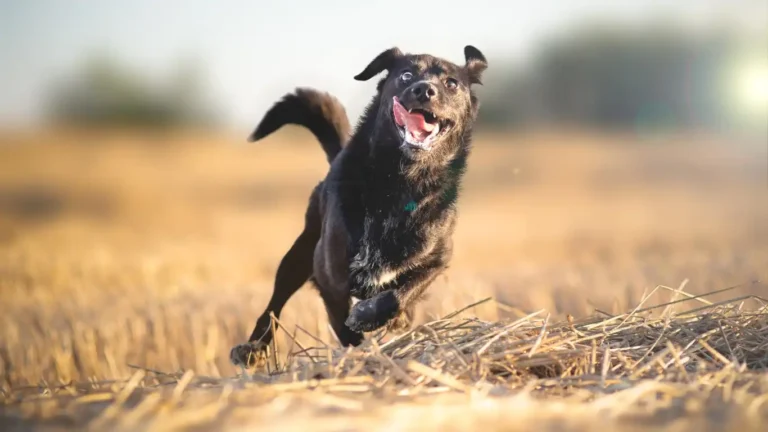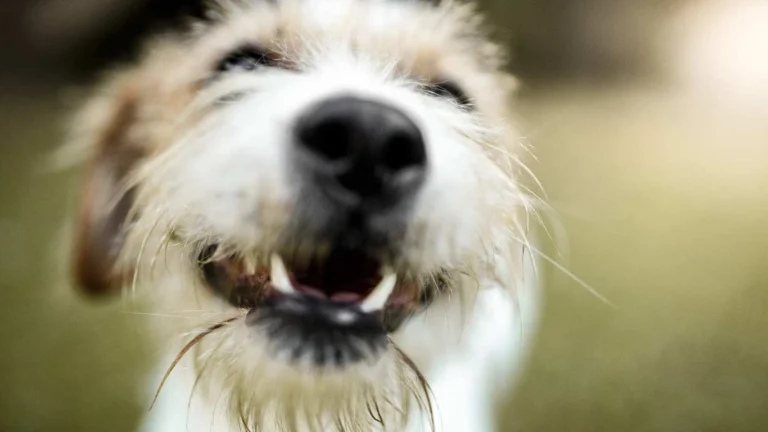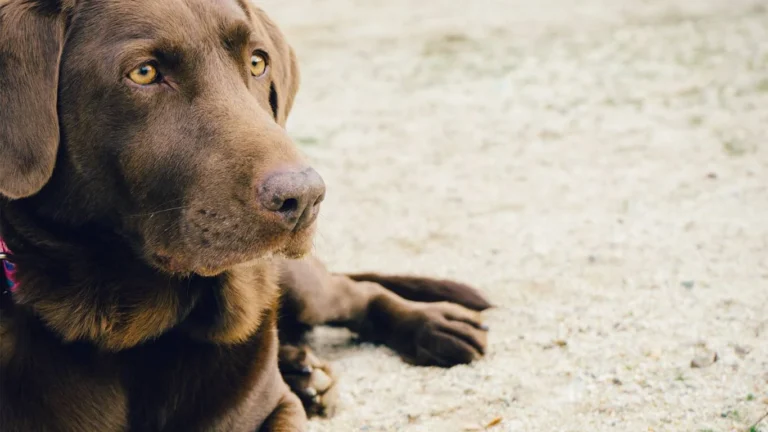Can Dogs Eat Mushrooms Safely? What You Need to Know to Protect Your Pet
As an Animal Care Specialist with years of experience working in pet clinics and shelters, I’ve seen countless dogs brought in for all kinds of reasons. One of the most common concerns I’ve encountered from pet owners is regarding their dogs’ diets. Specifically, a question that pops up quite often is, “Can dogs eat mushrooms safely?” It’s a great question, as many of us don’t realize that some foods that are safe for humans can be harmful – or even deadly – to our furry friends.
Understanding Dogs and Mushrooms
Before we dive into the specifics, let’s take a moment to understand how dogs’ digestive systems work. Dogs are *omnivores*, meaning they can digest both plant and animal foods. However, their digestive system isn’t exactly like ours, and some things that seem harmless to us might not be so safe for them.
When it comes to mushrooms, the situation becomes even more complicated. Some mushrooms are perfectly fine for dogs, while others can be toxic and cause severe health issues. In fact, certain wild mushrooms are highly poisonous to dogs and can lead to symptoms like vomiting, diarrhea, lethargy, and even organ failure. So, as a pet owner, it’s crucial to know what kinds of mushrooms are safe for your dog and which ones should be strictly avoided.
Can Dogs Eat Mushrooms Safely?
The short answer is yes, dogs can eat certain types of mushrooms safely, but it’s not as simple as just tossing them a piece of your leftover pizza topped with mushrooms. Mushrooms from your local grocery store, like the common white button or portobello mushrooms, are generally considered safe for dogs in small quantities. However, the key here is moderation and ensuring they’re not seasoned or cooked with any harmful ingredients, like garlic or onion, which are toxic to dogs.
The Risks of Wild Mushrooms
While it’s safe to feed your dog certain store-bought mushrooms, the biggest danger lies in wild mushrooms. Wild mushrooms can look very similar to the varieties we eat, but they can be deadly. Some wild mushrooms contain toxins that can cause a range of health problems in dogs, from mild gastrointestinal distress to life-threatening liver or kidney damage.
Here’s the thing – wild mushrooms grow in various environments, and it’s incredibly difficult (even for an experienced mushroom forager) to distinguish between a safe mushroom and a dangerous one without extensive knowledge. As a dog owner, it’s best to err on the side of caution and avoid letting your dog eat mushrooms that haven’t been purchased from a reputable store.

What Happens If a Dog Eats a Toxic Mushroom?
If your dog eats a toxic mushroom, symptoms can vary depending on the type of mushroom ingested. Some mushrooms are more toxic than others, and some may cause more immediate symptoms, while others take longer to show their effects. Here are a few signs that your dog may have ingested something harmful:
- Vomiting
- Diarrhea
- Abdominal pain
- Lethargy
- Excessive drooling
- Seizures (in severe cases)
If you suspect your dog has eaten a toxic mushroom, it’s crucial to contact your veterinarian immediately. Time is of the essence, as prompt medical attention can make a significant difference in your dog’s recovery.
How to Safely Introduce Mushrooms to Your Dog’s Diet
If you want to include mushrooms in your dog’s diet, it’s important to do so safely. Here’s how you can introduce them in a controlled, safe way:
- Start with a small amount: When introducing any new food to your dog’s diet, it’s always best to start with a small portion. This allows you to monitor for any adverse reactions.
- Cook the mushrooms: Never feed your dog raw mushrooms. Cooking them will make them easier to digest and reduce the risk of toxins.
- Avoid seasoning: While humans might enjoy mushrooms with a bit of butter, garlic, or seasoning, these ingredients can be harmful to dogs. Keep it plain and simple!
- Choose safe varieties: Stick to commonly available, non-toxic mushrooms like white button, portobello, or cremini mushrooms. Avoid wild mushrooms altogether.
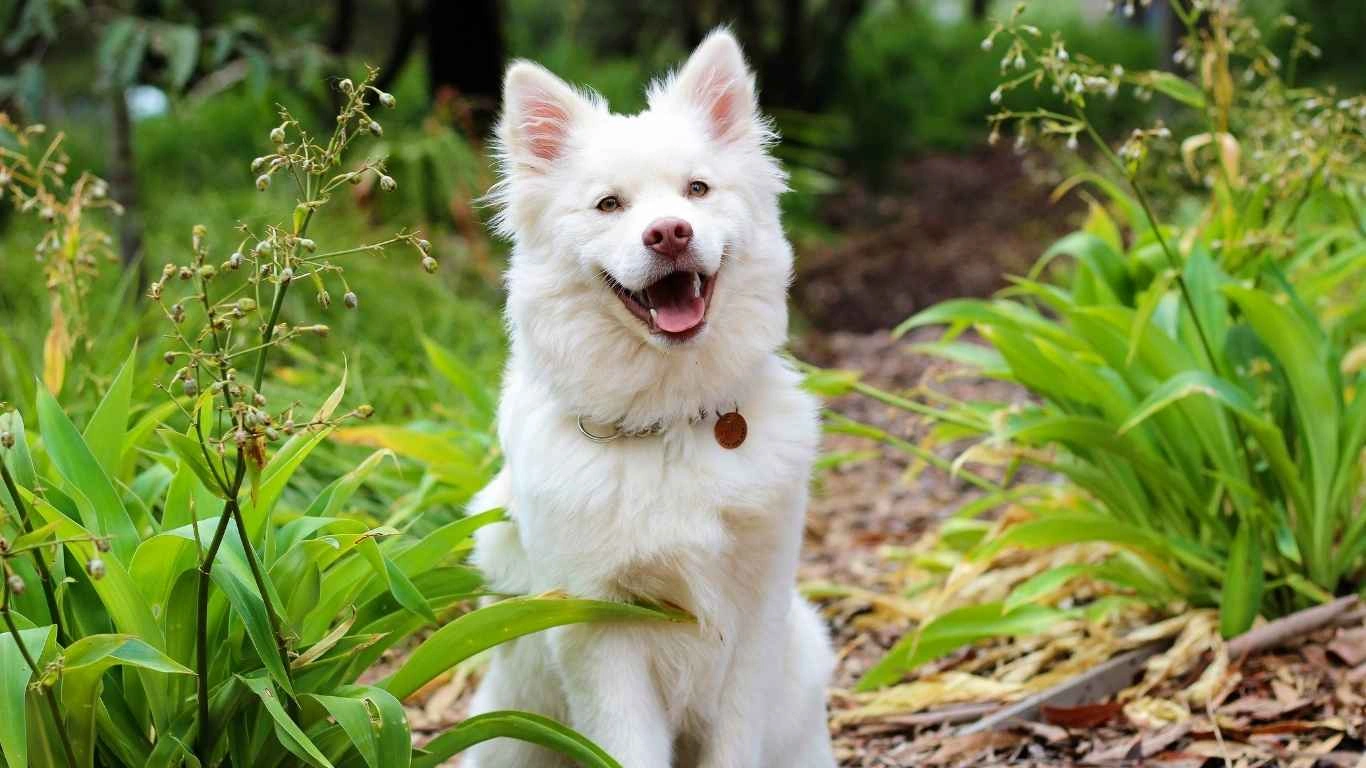
What to Do If Your Dog Eats Mushrooms
Let’s say your dog has gotten into some mushrooms (either wild or store-bought). Here’s what you should do:
- Assess the situation: Try to identify what type of mushrooms your dog has eaten. If you’re unsure, take a photo and bring it to the vet for identification.
- Monitor your dog: Watch for any signs of illness, such as vomiting, diarrhea, or lethargy.
- Contact your vet: If your dog is showing any symptoms or if you’re concerned about the mushrooms ingested, reach out to your veterinarian right away. They may recommend bringing your dog in for an evaluation.
In some cases, your vet might induce vomiting or administer activated charcoal to help remove toxins from your dog’s system. The treatment will depend on the type of mushroom ingested and the symptoms your dog is displaying.

Identifying Toxic Mushrooms for Dogs
When we talk about the potential dangers of mushrooms for dogs, it’s important to focus on the *identification* aspect. Not all mushrooms are toxic, but it can be incredibly tricky for pet owners to know the difference. The best advice I can give from my years working in animal care is to always assume that wild mushrooms are dangerous until proven otherwise. Here’s a quick rundown of how to identify dangerous mushrooms and protect your pup from harm.
Common Toxic Mushrooms
While there are many types of mushrooms in the wild, some are especially toxic to dogs. I’ve seen a number of dogs come into the clinic after ingesting one of these harmful varieties, so it’s crucial to be aware of them. Below are a few of the most common toxic mushrooms to watch out for:
- Death Cap (Amanita phalloides): This is one of the most dangerous mushrooms for both humans and animals. Ingesting even a small amount can cause severe liver damage or failure in dogs. Symptoms often don’t appear until hours or even a day after ingestion, which is why this mushroom is so lethal.
- Destroying Angel (Amanita virosa): Similar to the Death Cap, this mushroom contains toxins that can cause irreversible damage to the liver and kidneys. It’s often found in forests, making it a common risk in wooded areas.
- Conocybe filaris: This mushroom is often mistaken for harmless ones due to its similar appearance to edible varieties. But like the Death Cap, it contains deadly toxins that can cause severe liver and kidney failure.
- Galerina marginata: Commonly found growing on decaying wood, this mushroom also contains potent toxins. It can cause symptoms like vomiting, diarrhea, and in some cases, organ failure.
These mushrooms contain toxins that attack the liver and kidneys, which can quickly lead to life-threatening conditions in dogs. If you’re unsure of a mushroom’s safety, it’s always best to contact a vet or poison control hotline to err on the side of caution.
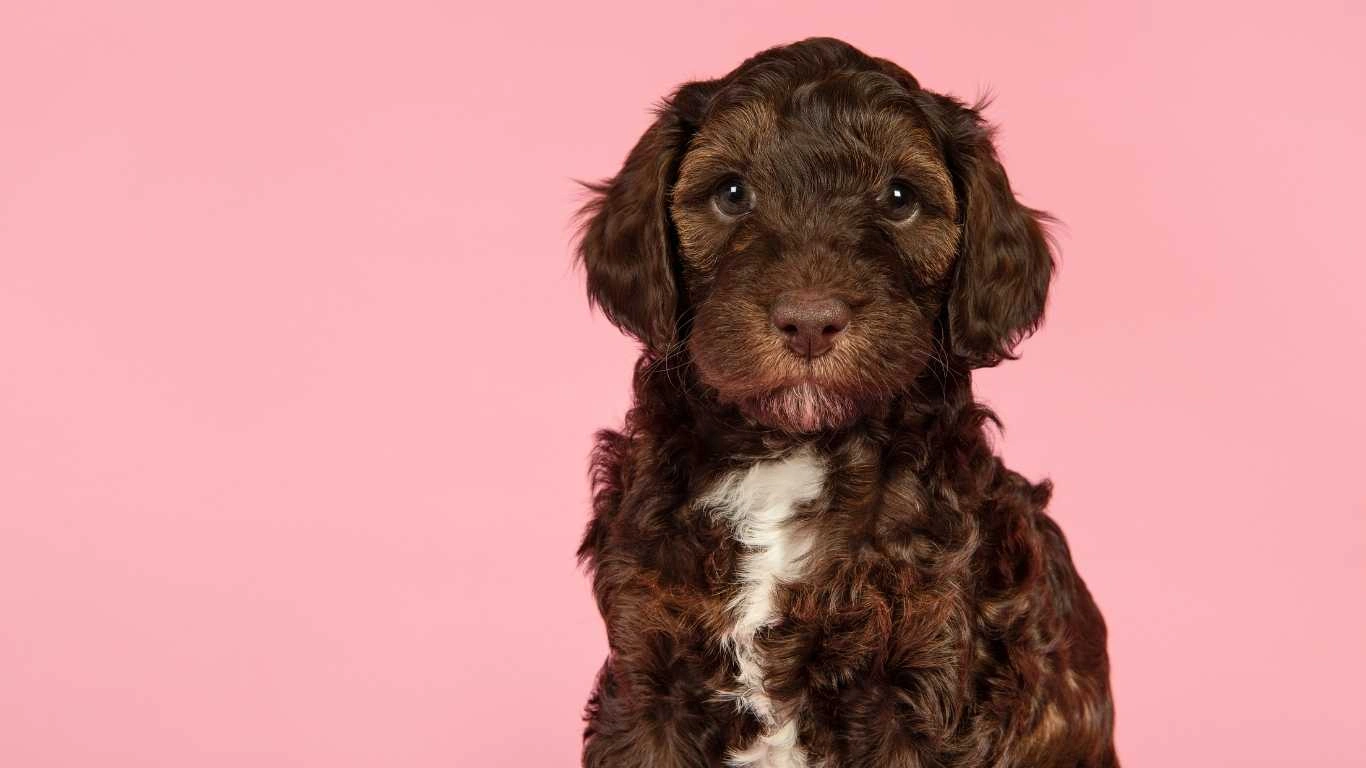
Signs of Mushroom Poisoning in Dogs
As a pet care professional, one of the first things I do when a dog is suspected of eating a toxic mushroom is to monitor their symptoms closely. The onset of symptoms can vary, and not all toxic mushrooms cause immediate reactions, which is why it’s essential to stay vigilant. If you suspect your dog has ingested a toxic mushroom, here are the signs to look out for:
- Vomiting and Diarrhea: These are some of the first symptoms that show up when your dog has ingested something harmful. Vomiting may happen within hours of ingestion, while diarrhea may take a little longer.
- Abdominal Pain: A dog with mushroom poisoning might act restless or exhibit signs of discomfort, such as whining, panting, or even trying to hide. This is often caused by stomach irritation from the toxins.
- Lethargy: Affected dogs often become unusually tired and may seem sluggish or uninterested in normal activities. This is a sign of systemic distress.
- Excessive Drooling: Some dogs may start drooling more than usual due to nausea or irritation from the mushroom toxins.
- Seizures and Coma: In severe cases, toxic mushrooms can cause seizures or a loss of consciousness. If this occurs, immediate veterinary intervention is critical.
These symptoms can appear suddenly, and they often worsen without proper treatment. If you notice any of these signs, don’t wait for the symptoms to resolve on their own. Seek veterinary care immediately to give your dog the best chance of recovery.
What to Do If Your Dog Eats a Wild Mushroom
So, what should you do if your dog eats a wild mushroom that you suspect is toxic? I’ve been through this with several pet owners, and I can tell you that prompt action is crucial. Time is often a factor in determining whether your dog will recover fully or suffer long-term health consequences. Here’s a step-by-step guide on how to handle the situation:
Step 1: Remove the Mushroom
The first thing you should do is get your dog away from the area where the mushrooms are growing. If you can, try to remove any remaining mushrooms that your dog might have access to. Keep in mind that mushrooms can continue to release spores even after they’ve been eaten, so it’s important to act quickly.
Step 2: Observe Your Dog
Next, carefully watch your dog for any signs of illness. As I mentioned earlier, symptoms may take time to appear, but it’s best to keep a close eye on them in case they start showing signs of distress. If you’re uncertain about whether your dog is showing symptoms of poisoning, it’s better to be safe than sorry and contact your vet.
Step 3: Contact Your Veterinarian
If you’re concerned that your dog has ingested a toxic mushroom, contact your vet right away. Even if your dog seems fine at first, mushrooms can cause delayed symptoms that might not show up for hours. The vet might recommend bringing your dog in for an examination or for treatment, such as inducing vomiting or administering activated charcoal to absorb toxins.
When you call your vet, try to provide as much information as possible. If you can identify the type of mushroom, it will help your vet determine the appropriate course of treatment. Take a photo of the mushroom, if possible, and note the time your dog ate it. This information can make a big difference in the treatment plan.
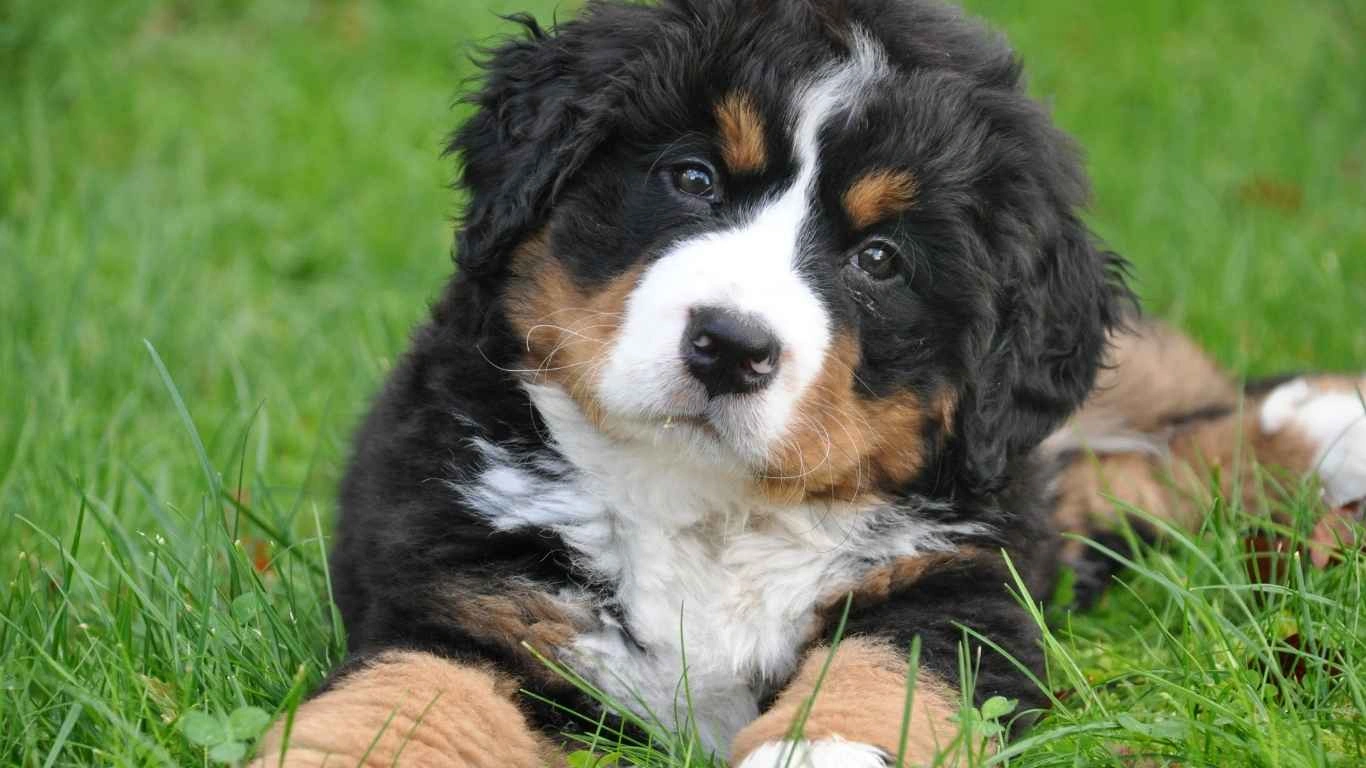
Step 4: Follow Your Vet’s Instructions
Once you’ve spoken with your vet, follow their instructions carefully. They might suggest bringing your dog in for an exam, or they might advise you on how to monitor your dog at home. In many cases, treatment will depend on how much time has passed since the mushroom was ingested and how severe the symptoms are.
In my experience, the sooner you get your dog to the vet, the better their chances of a full recovery. The longer you wait, the more the toxins can affect vital organs like the liver and kidneys, leading to long-term damage.

How to Prevent Mushroom Poisoning in Dogs
As a pet owner, prevention is always better than cure. After all, seeing your dog suffer from something that could have been avoided is heartbreaking. In my years of working with animals, I’ve learned that a little awareness and some basic precautions can go a long way in preventing mushroom poisoning in dogs. Let’s take a look at some steps you can take to reduce the risks and protect your pup from toxic mushrooms.
1. Keep Your Dog Away from Wild Mushrooms
One of the best ways to prevent mushroom poisoning is to limit your dog’s access to areas where wild mushrooms grow. This may sound simple, but it’s surprisingly effective. Whether you’re out for a walk in the woods or enjoying a hike in a field, always keep a close eye on your dog and keep them away from areas where mushrooms are abundant. Remember, mushrooms tend to grow in shaded, damp areas like forests, fields, and lawns, so be vigilant.
In my experience, dogs love to sniff around the ground and explore their surroundings, which can sometimes include eating things they shouldn’t. I’ve seen it happen firsthand in shelters when dogs munch on whatever they find, so I always recommend being extra cautious during outdoor adventures.
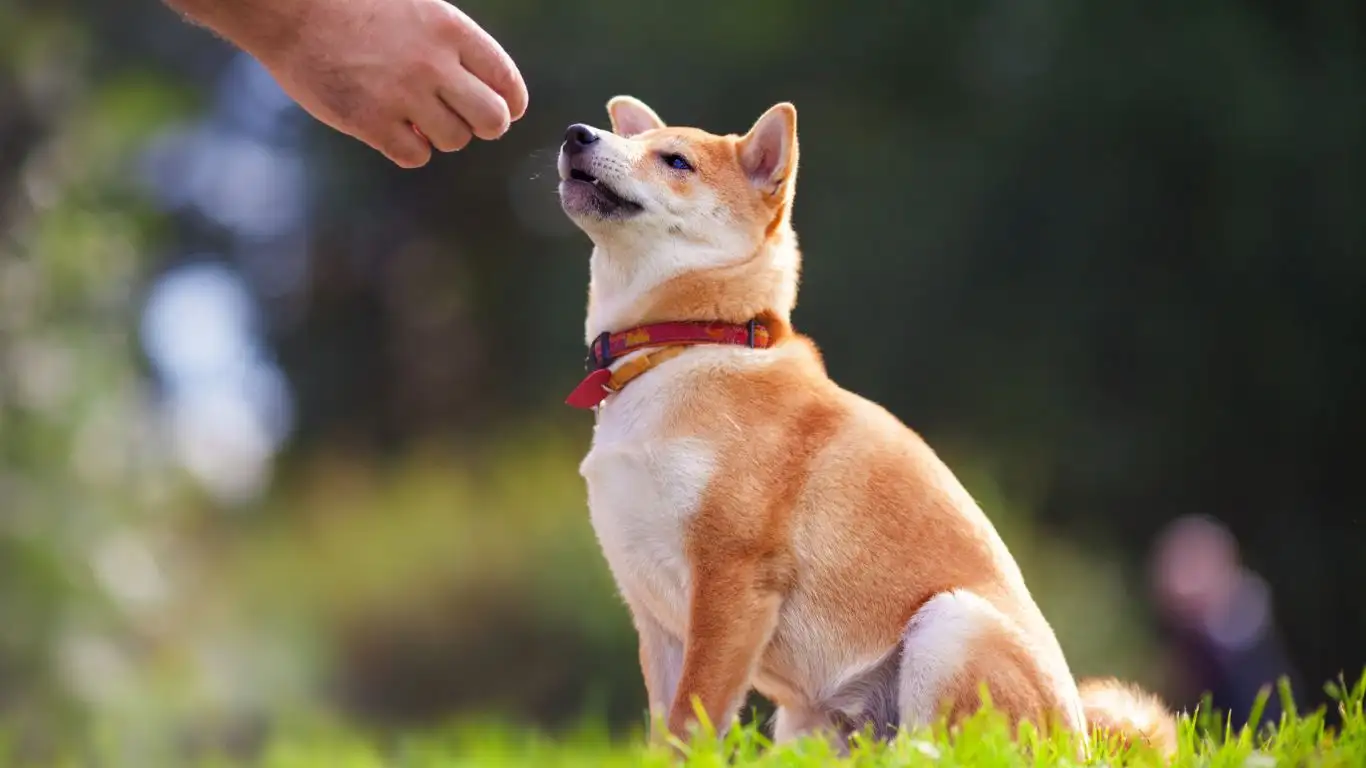
2. Educate Your Family and Friends
If you live in an area where mushrooms are common, it’s important to educate everyone in your household about the risks. This includes kids, other pet owners, and anyone who might take your dog outside. Children, in particular, are often curious and may not realize that eating wild mushrooms can be dangerous. By teaching your family about what to look for, you help protect your dog from potential harm.
It can also help to have an emergency action plan in place. If someone in your household sees your dog eating a mushroom, knowing what to do immediately could save their life. This is a tip I always share with pet owners during consultations—having a plan of action in place gives peace of mind and can prevent panic if something goes wrong.
3. Regularly Check Your Yard and Walking Areas
If you have a yard or any outdoor space where your dog spends time, it’s a good idea to check for mushrooms regularly. This is especially important during wet seasons, when mushrooms are more likely to sprout. Simply walk around and inspect the ground for any signs of fungi. If you find any mushrooms, remove them immediately and dispose of them safely, far away from your dog’s reach.
Similarly, if you take your dog on walks or hikes, try to stay on well-trodden paths where mushrooms are less likely to grow. This doesn’t mean you have to avoid nature entirely, but being aware of your environment can make a huge difference. I know it’s not always easy to spot every potential danger, but with a little attention, you can help keep your dog safe from harmful mushrooms.

Are There Any Safe Mushrooms for Dogs?
Now that we’ve discussed the dangers of mushrooms, you may be wondering whether there are any types of mushrooms that are safe for your dog. The answer is yes, some mushrooms are safe for dogs in moderation, but they need to be prepared properly.
Common Safe Mushrooms for Dogs
If you want to share some mushrooms with your dog, it’s best to stick with the types that are widely considered safe for both humans and pets. Here are a few mushrooms that can be safely fed to dogs when cooked properly:
- Button Mushrooms: These are the most common type of mushrooms and are generally safe for dogs. They are mild in flavor and low in calories, making them a suitable treat when served in small quantities.
- Portobello Mushrooms: Another safe option, Portobellos are slightly more earthy in flavor and can be a great occasional treat. Just like button mushrooms, they should be cooked thoroughly and served plain, without any seasoning or oils.
- Shiitake Mushrooms: These mushrooms are often used in cooking and can be a good source of vitamins and minerals for your dog. They contain compounds that are beneficial for the immune system, but again, they must be cooked and served in moderation.
When feeding mushrooms to your dog, always cook them first. Raw mushrooms can be harder for dogs to digest, and cooking them makes them safer and more palatable. Also, remember to avoid any form of seasoning, especially garlic and onions, as they are toxic to dogs. Keep things simple and serve mushrooms as a treat or added to their regular food in small amounts.
What About Mushroom Supplements?
In recent years, mushroom supplements for pets have become popular. These supplements are usually made from medicinal mushrooms like reishi or maitake, and they are often marketed for their immune-boosting properties. Some of these supplements can offer health benefits for your dog, but it’s essential to consult with your veterinarian before introducing any new supplement into your dog’s diet.
Not all mushroom supplements are the same, and while some may be beneficial, others could potentially cause adverse reactions. Your vet can help guide you in selecting the best options and ensure your dog’s health is not compromised.
References
For more information on mushroom safety and other pet care topics, you can check out reliable sources like Google Health and American Kennel Club. These websites offer in-depth advice on pet health, safety, and nutrition, backed by expert knowledge and research.
Disclaimer
Always consult with a qualified veterinarian before introducing new foods or supplements into your dog’s diet. The information provided in this article is intended for informational purposes only and should not replace professional veterinary advice. If you suspect your dog has eaten a toxic mushroom or is showing any signs of illness, seek immediate veterinary assistance.
